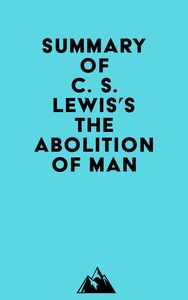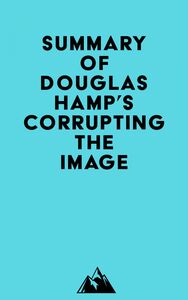
Please note: This is a companion version & not the original book.
Sample Book Insights:
#1 The authors of The Green Book, who wrote a book on English for boys and girls in the upper forms of schools, quote the well-known story of Coleridge at the waterfall. They comment that when the man said This is sublime, he was not making a remark about the waterfall but about his own feelings.
#2 The authors of The Green Book did not say that all sentences containing a predicate of value are unimportant. They only treated one particular predicate of value, sublime, as a word describing the speaker’s emotions. The pupils were left to extend the same treatment to all predicates of value on their own.
#3 The schoolboy will learn about literature, but he will learn that all emotions aroused by local association are in themselves contrary to reason and contemptible. He will have no idea that there are two ways of being immune to the lure of the Western Ocean: those who are above it and those who are below it.
#4 The teachers Gaius and Titius are using the same method on their students, and they are not even teaching the students about the problems of animal psychology. They are simply explaining that horses are not interested in colonial expansion.Book details
-
Publisher
-
Language
English -
Publication date
-
Theme






